The guitar neck diagram shows you the big picture for the G Melodic Minor Scale It shows you all positions of the scale The red dots indicate a root note and the black dots indicate a note in the scale All of the root notes are "G" because this is the G Melodic Minor Scale The G Melodic Minor Scale can be divided into patternsIn Jazz, the modes of the melodic minor scale are very widely used The melodic minor scale is exactly the same as the Major scale except that it has a ♭3 All the Melodic Minor Modes are detailed in the below table along with their related chordsG Melodic Minor Scale for EADGBE Switch Key A A# B C C# D D# E F F# G G# 500 Scales Here Show EADGBE Tuning Map
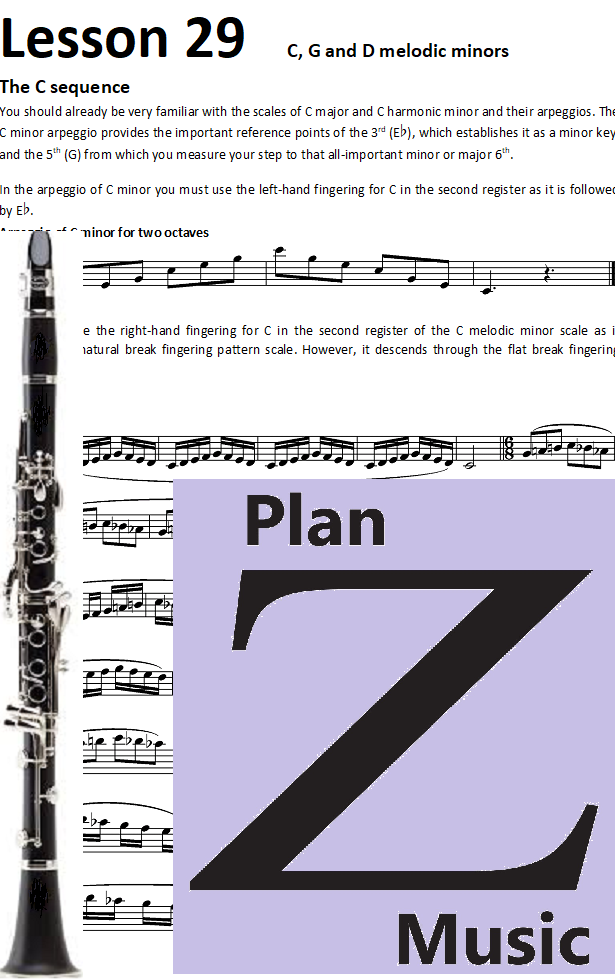
Clarinet Lesson 29 C G And D Melodic Minors Plan Z Music
G melodic minor scale bass clef
G melodic minor scale bass clef- All styles of Western music use minor scales to produce melodies, chord progressions, and motifs There are three types of minor scales in music theory the natural minor scale, the harmonic minor scale, and the melodic minor scale The most common is the natural minor scale, but the melodic minor scale appears in many styles of classical musicThe scale's major 7th interval tells us it also connects to minor chords with a major 7th, also known as a minor major 7th chord ( 1 ♭3 5 7 ) eg B m (maj7) or B mM7 Bm (maj7) B Melodic Minor Composers typically make a choice between harmonic and melodic minor over minor major 7th chords, as both scales use a major 7th, and are therefore



G Melodic Minor Scale For Bass Guitar
The chords, altered to reflect the melodic minor notes drawn out So (The parent melodic minor being the system from the second degree of the original major key For example A mel min is from the second degree chord of the major key of G) The main chords over which Melodic Minor is most effective (Function within a Major key as 7th chords)The melodic minor scale is a seven note scale The melodic minor scale is almost the same as the natural minor with two exception that the sixth and seventh tones are raised by a semitone when the scale is ascending When the scale is descending, the melodic minor is the same as the natural minor Diagram scalesChords in Scales Learn how to play the Melodic Minor guitar scale with guitar tabs and neck diagrams all along the fretboard This scale is made up of the Root, Major Second, Minor Third, Perfect Fourth, Perfect Fifth, Major Sixth, and Major Seventh The notes of this scale are C, D, Eb, F, G
The melodic minor scale includes the pitches GACDEF# going up, but changes to F natural and E flat going down The key signature of G minor has two flats B flat and E flat Its relative major key is B flat Major These scales and arpeggio of G minor are appropriate for Grade 1 viola students They are to be played in first position, starting on the open G stringScale Formula 1 2 b3 4 5 6 7;The G Melodic Minor consists of seven notes It can be described in steps as a formula of distances written as whole step, half step, whole step, whole step, whole step, whole step, step from the root to the next root note It is identical with G Natural Minor
The melodic minor scale is formed by using both of these solutions In particular, the raised sixth appears in the ascending form of the scale, while the lowered seventh appears in the descending form of the scale Traditionally, these two forms are referred to asA semitone above an altered dominant;Scales Cheat Sheet provies large amount of information on all Major, Natural Minor, Harmonic Minor and Melodic Minor scales It shows how each scale is built, what notes it is based on, and many more things Almost all information is colour coded,



G Melodic Minor Scale Modes 7 Patterns Starting On Low E String Guitar Scientist
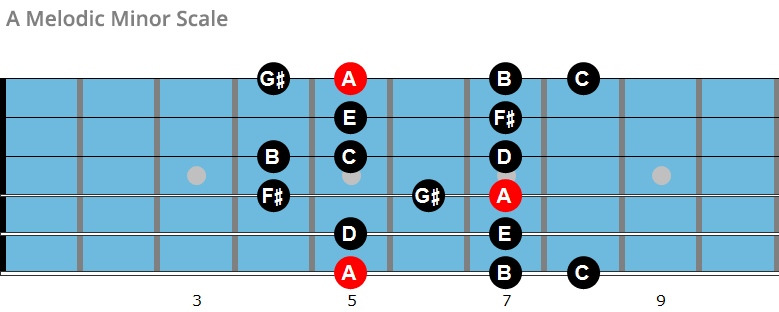



The Melodic Minor Scale And Its Modes
The ascending melodic minor scale is one of the three traditional minor scales It is constructed with a W–H–W–W–W–W sequence of wholesteps (W) and halfsteps (H) In the key of C that would give us C–D–Eb–F–G–A–B or 1–2–b3–4–5–6–7 as shown in Ex 1 Other ways to wrap you brain around it could be a simpleG Melodic Minor Scale Root Scale Advanced Options Fret Note Labels Sharps Flats JGuitar's scale calculator will draw scale diagrams showing the fretboard with notes in the selected scale highlighted Adjust the "start fret" option to further highlight a finger pattern for playing the selected scale in a different position on theThis tutorial should helpFor the complete lesson an
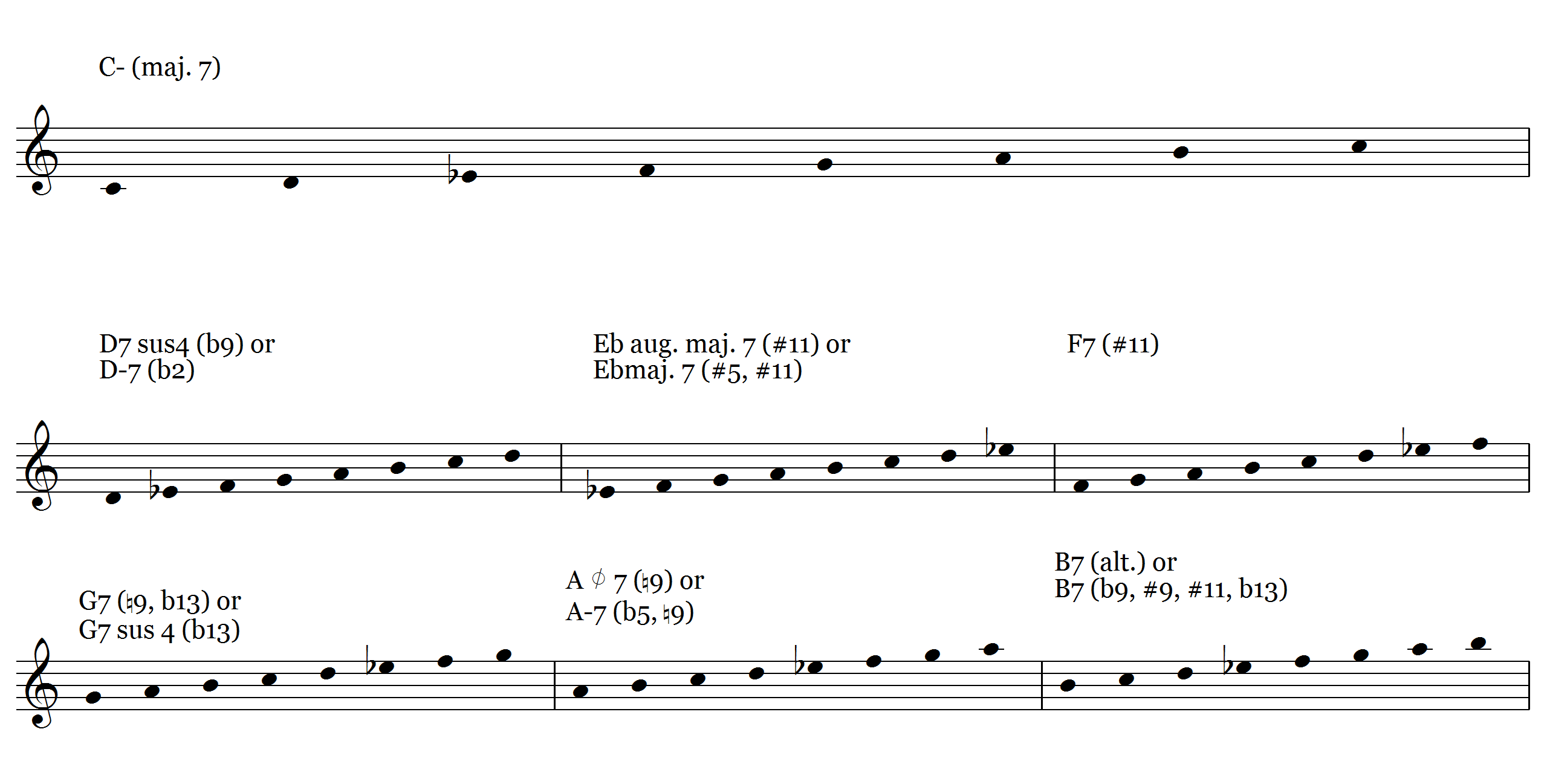



Ljs 86 7 Chords You Can Play The Melodic Minor Scale Over Learn Jazz Standards




The Minor Scales Natural Harmonic And Melodic Hello Music Theory
The weirdness of melodic minor comes from the way it lives simultaneously in the minor and major key worlds There's a constant conflict between the bottom half of the scale and the top C D Eb F G sounds minor G A B C sounds major Melodic minor also has more internal dissonance than the major scale and its modesIn short, we can think of using the minor melodic scale A fifth above an unaltered dominant;These scales and arpeggio of G minor are appropriate for Grade 1 violin students They are to be played in first position , starting on the open G string We recommend that the student learns the lower tetrachord (on the G string) and the upper tetrachords (on the D string) before putting them together to create the G harmonic minor scale and the G melodic minor scale




Theory Blog Melodic Minor Scale




Minor Scales Part 2 Melodic Minor
C, D, Eb, F, G, A, B This scale sometimes can be considered to be a little awkward for vocal melodies given the change on the sixth note so it is often used in jazzNotes in the Gsharp melodic minor scale Ascending G♯, A♯, B, C♯, D♯, E♯, F𝄪 Descending G♯, F♯, E, D♯, C♯, B, A♯ Scale Formula Ascending WG Melodic Minor for piano If you made any changes to your settings Before print or download please save it first



The Freakiness Of Melodic Minor The Ethan Hein Blog




Melodic Minor Scale Harmonization With Guitar Diagrams
This video demonstrates how to calculate melodic minor scalesIt is advisable that viewers watch part 1 initially as this video expands on the concepts discuThe diatonic seventh chords of the melodic minor are Im(maj7), IIm7, IIImaj7#5, IV7, V7, ♯VIm7(b5), ♯VIIm7(b5)3 rows The G melodic minor chord i is the G minor chord, and contains the notes G, , and D
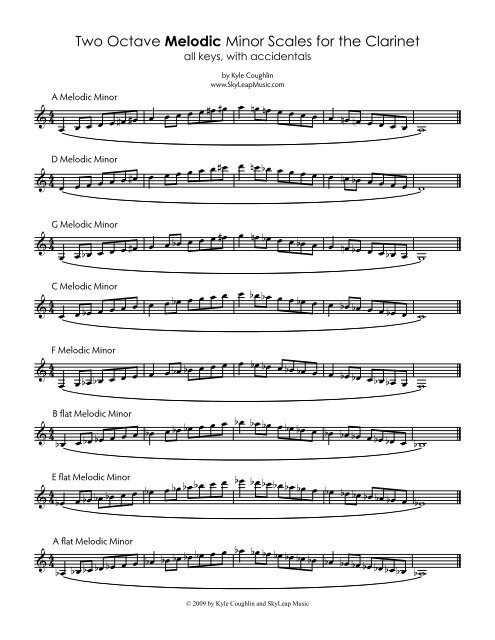



Two Octave Melodic Minor Scales For The Clarinet
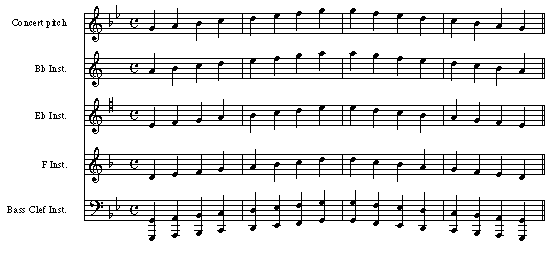



Transposed Scale Examples
The harmonic minor scale is so called because in tonal music of the common practice period (from approximately 1600 to approximately 1900) chords or harmonies are derived from it more than from the natural minor scale or the melodic minor scale The augmented second between its sixth degree and its raised seventh degree (the "leading tone"), traditionally considered undesirable in melodicChords in the key of G Melodic Minor Chord progressions built on the notes of the melodic minor scale aren't as common as progressions based on other scales The reason is that chords built on melodic minor scale notes don't tend to work so well together This doesn't necessarily mean they're unusable and it's worth noting the chord differences between the minor scales because minor keys are often made from a combination of the minor scaleDescending (from top) TTSTTST




G Minor Wikipedia




G Melodic Minor Scale For Bass Constantine Guitars
The notes of the G melodic minor scale ascending are G – A – B♭ C – D – E – F# – G The notes of the G melodic minor scale descending are G, A, B♭, C, D, E♭, and F The formula for a melodic minor scale is WHWWWWH The descending formula is the natural minor scale formula backwards Melodic G Minor Scale Intervals Tonic The 1st note of the G melodic minor scale is8 rows The G melodic minor scale has 1 flat, 1 sharp This melodic minor scale is based on the natural In grade three music theory (ABRSM) you need to know two types of minor scales, the harmonic minor and the melodic minor The harmonic minor has the pattern TSTTS3SS (3S = 3 semitones) The melodic minor has one pattern on the way up and another on the way down Ascending (from bottom) TSTTTTS;




Viola G Minor Scales Arpeggio Grade 1 Sheetmusic2print




The Minor Scales Music Theory Academy
Scale Intervals W H W W W W HChords that sound good with G Melodic Minor scale(s) JGuitar's harmonizer allows you to easily identify chords and scales that will sound good when played together Use the form below to select one or more scales, hit "Go", and the harmonizer will tell you what chords will sound good when played with the selected scales//wwwfreejazzlessonscom/improvcourse/ Do you want to learn how to play the melodic minor scale?
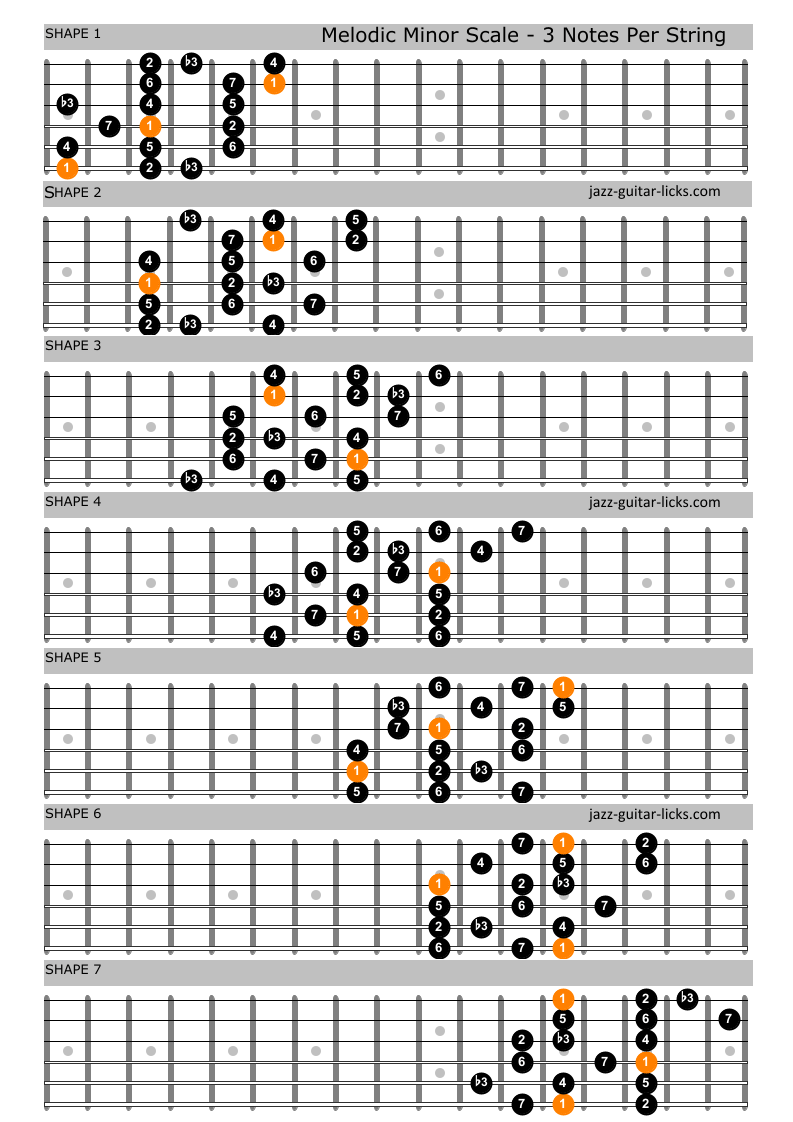



The Melodic Minor Scale Guitar Lesson Diagrams Theory




Modes Of The Melodic Minor Scale Talkingbass
The Gsharp Minor Scales Here are the Gsharp Minor Scales the natural minor scale, the melodic minor scale, and the harmonic minor scale Fingerings are included Learn the scales ascending and descending First, try one octave, and then try two octaves (Eventually, you should be able to play each scale with both hands, ascending andThe G Locrian ♮2 contains the same notes as the Melodic Minor Scale, but starts on another note The G Locrian #6 scale is identical to the G Locrian except for a major sixth instead of a minor sixth which is indicated by the sharp symbol in the name It can be displayed as followsView this scale in Standard Tuning (gCEA) GTuning (DGBE) DTuning (ADF#B) In this scale we simply change the sixth and seventh notes to a major, giving us;
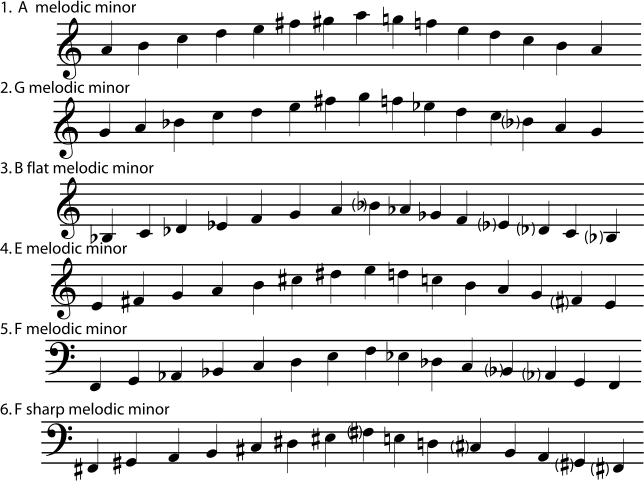



4 4 Minor Keys And Scales




G Melodic Minor Scale In Letter Names 10 Weeks Of Solfa Program Video 9b Youtube
G Melodic Minor scale For C ocarina G ocarina (see also G, all scales, Melodic Minor scale, all keys, and Wikipedia) Exercise 1 Try this either tongued or with the slurs as marked Exercise 2 Upper mordents Use alternative fingerings if that helpsG Melodic Minor Scale Notes G A C D E F#;Note In the case of the unaltered dominant, if the resolution chord is minor, it is more advisable to play the melodic minor scale one fourth above instead of one fifth above For example, if the G7 chord were to resolve in Cm, the C minor melodic scale would be more advisable instead of the D minor melodic scale




F Melodic Minor Scales Triads And Quatriads
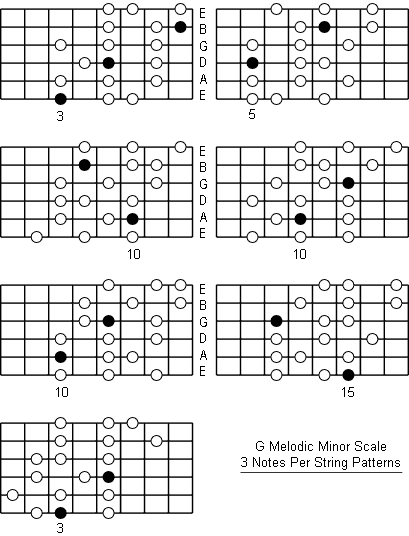



G Melodic Minor Scale Note Information And Scale Diagrams For Guitarists
Melodic Minor Essential Information The Melodic Minor Scale is a Major Scale with a flat 3rd (b3) and it's used mostly in it's modal forms of the Altered ScaleMusical Scale Info G melodic minor Notes of this scale G A C D E F# Interval structure of this scale W h W W W W h (W Whole tone, h half tone) Scale structure 1 2 b3 4 5 6 7 Chords that fit in this scaleThe diatonic triads of the melodic minor are Im, IIm, IIIaug, IV, V, ♯VIdim, ♯VIIdim That means the diatonic triads of A melodic minor are A minor;



The Melodic Minor Scale



Melodic Minor Scale Guide For Jazz Guitar Jamie Holroyd Guitar Jamie Holroyd Guitar
//wwwmusicalmusicscalescom/tmmsb1ed/ The G melodic minor music scale is just one of the minor scales that you can find inside The Melodious Music ScaScales in the key of G G major G natural minor G harmonic minor G melodic minor G major pentatonic G minor pentatonic G chromatic The Melodic Minor Scale This scale is heard less often in metal and more often in jazz and classical, but it is still a great scale and we can get some awesome neoclassical sounds from it There are two ways to approach playing the melodic minor scale, the traditional classical way, and the jazz way We will take a look at both
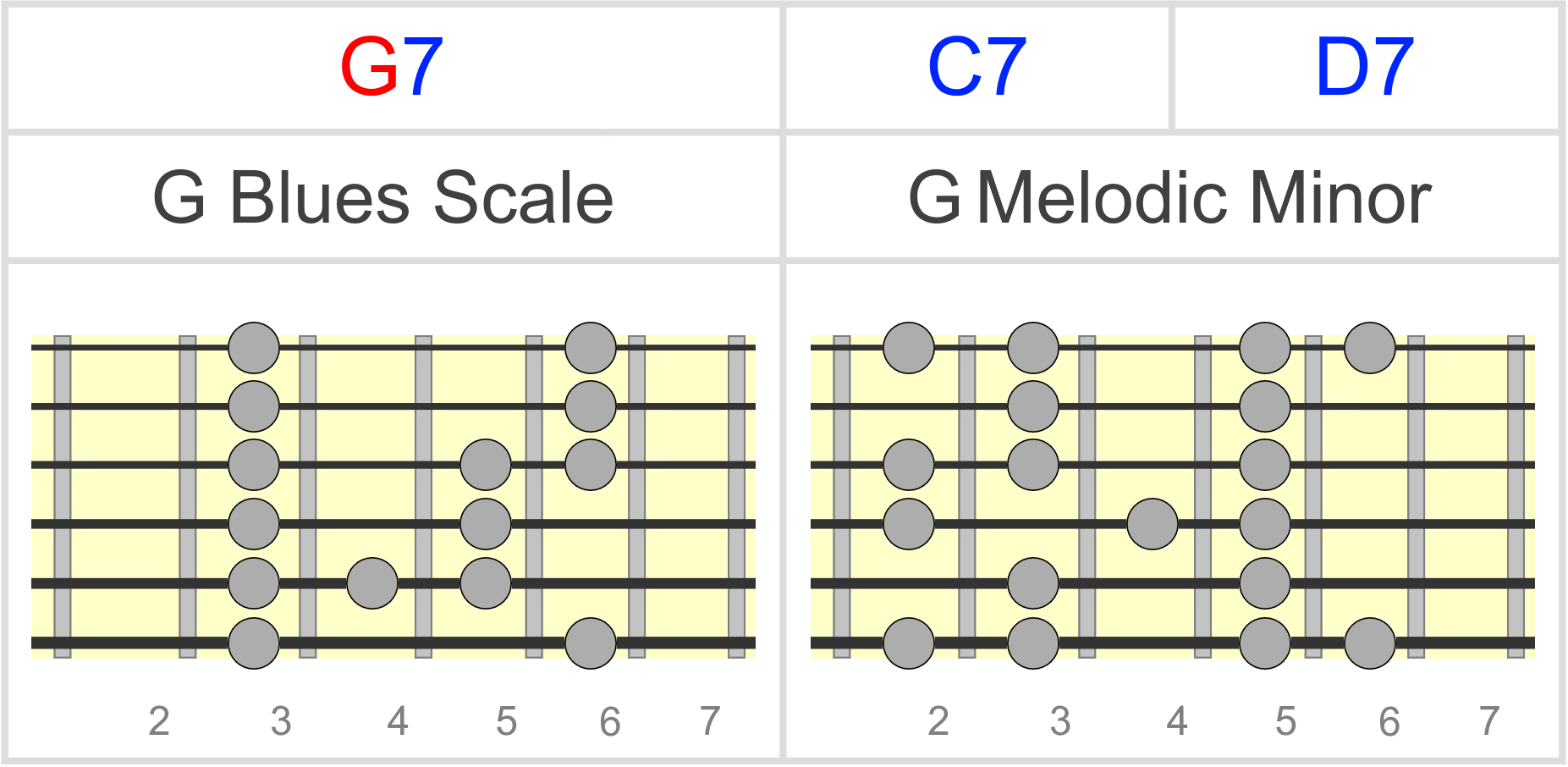



Melodic Minor Scale On Guitar Everything You Need To Know
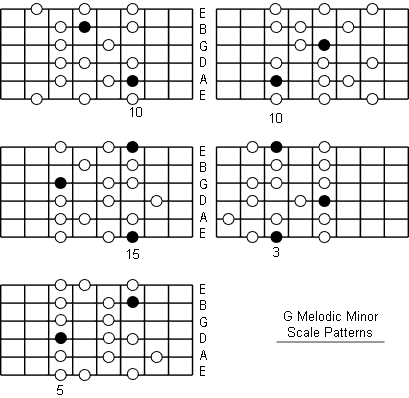



G Melodic Minor Scale Note Information And Scale Diagrams For Guitarists
Melodic Minor Scales The Melodic Minor Scale differs from the Natural Minor Scale by the sixth and seventh notes, which are raised one semistep This scale is kind of peculiar since it is sometimes played differently ascending and descending Jazz The sixth and seventh notes are always raised, exactly as the pictures below illustrateIn Classical music theory the melodic minor and natural minor are combined into one scale The melodic minor is used when ascending the scale, the natural minor is used when descending the scale Audio 3 In the past the semitone downward step from tonic to 7th (C B) was considered too harsh a sound for a minor moodThe three types of minor scales are the natural, melodic and harmonic minor scales We will take a look at all three of them here We will learn the notes, intervals and scale degrees of the C sharp minor scale (natural, melodic and harmonic) on the piano, treble and bass clef




Why Are There 3 Minor Scales School Of Composition



G Melodic Minor Scale For Bass Guitar
(70), F Harmonic minor (71), Gb Harmonic minor (72), G Harmonic minor (73), Ab Harmonic minor (74), 7 MELODIC MINOR SCALES 75 A Melodic minor (75), Melodic minor (76), B Melodic minor (77), C Melodic minor (78), Db Melodic minor (79), D Melodic minor (80), Eb Melodic minor (81), E Melodic minor (), F



1
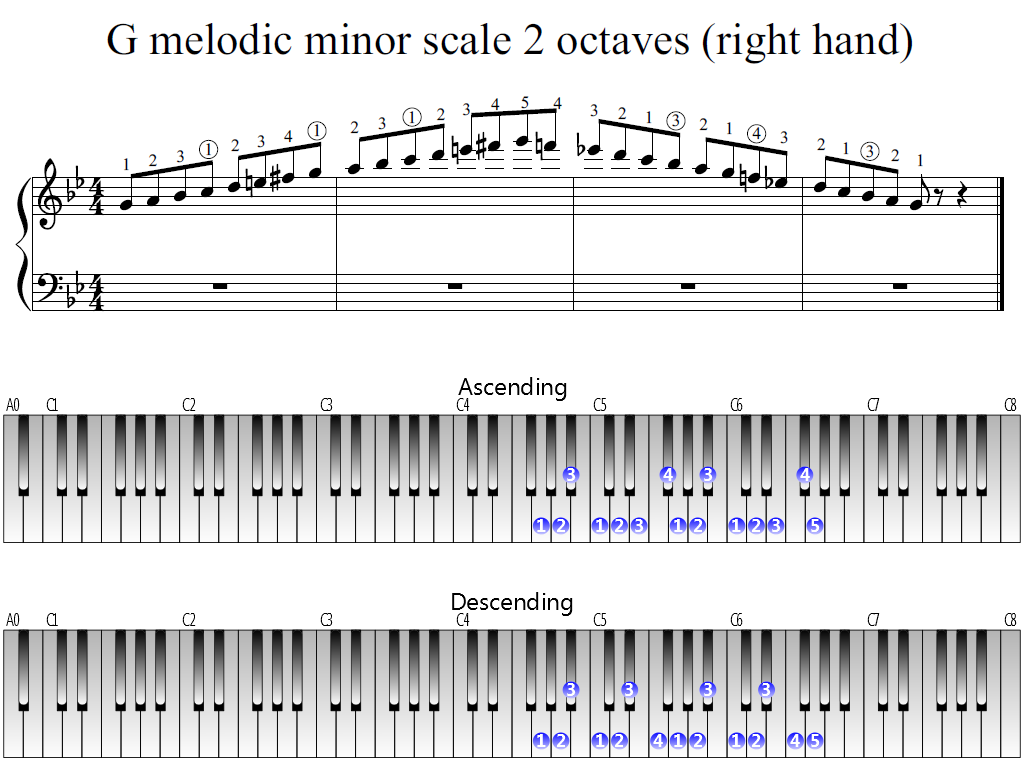



G Melodic Minor Scale 2 Octaves Right Hand Piano Fingering Figures




G Sharp Minor Scale Music Theory




Violin Scales1 G Melodic Minor Scale One Octave Piano Scale Music Musical Forms



The Minor Scales And Chords Portland Piano Lab
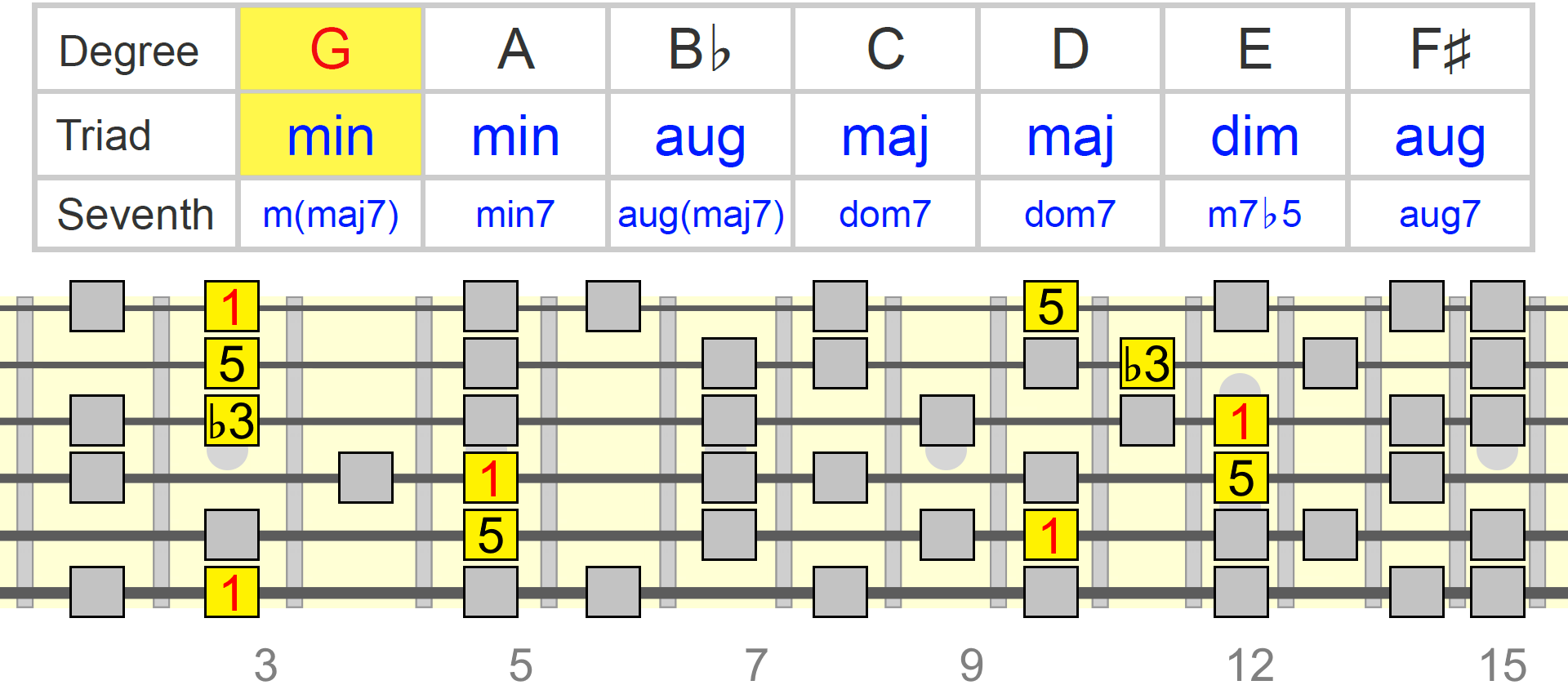



Melodic Minor Scale On Guitar Everything You Need To Know




Viola Online Scales Viola Two Octave Minor Scales



Jazclass Jazz Scales Lesson Melodic Minor Scale In All Keys
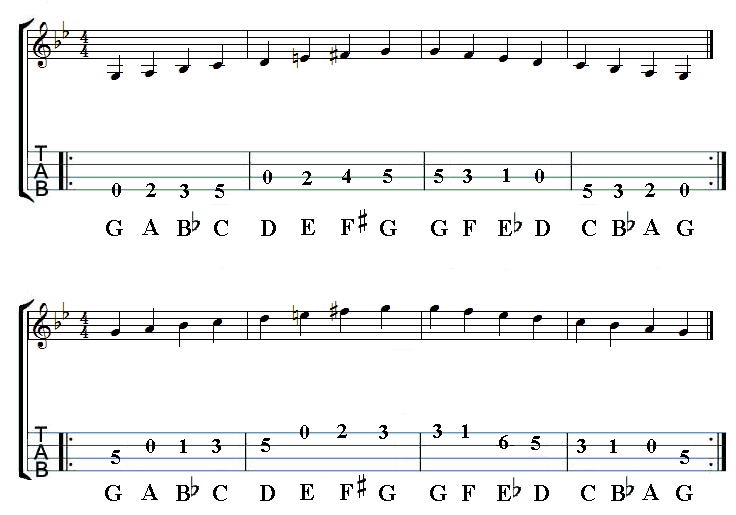



Mandolin Scales G Melodic Minor Scale



The G Minor Scale Natural Harmonic And Melodic Notes Chords And More




Weekly Workout Building Colorful Chords From The Harmonic And Melodic Minor Scales Acoustic Guitar
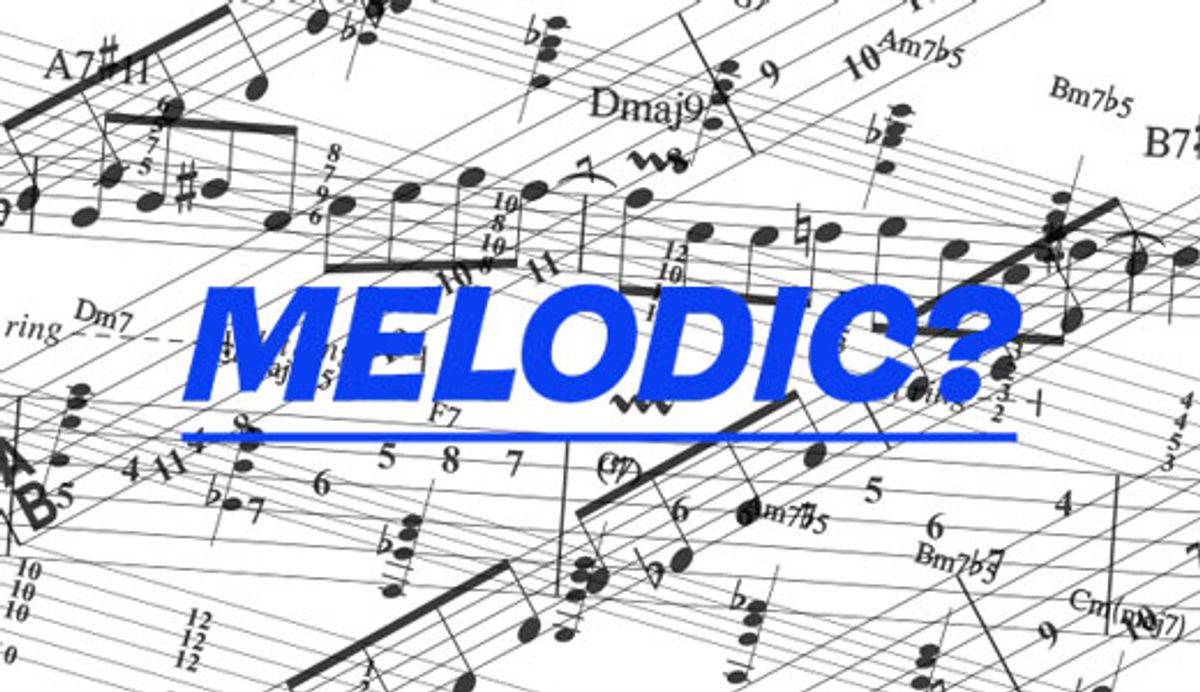



What Makes The Melodic Minor Scale So Melodic Premier Guitar



G Melodic Minor Scale For Piano
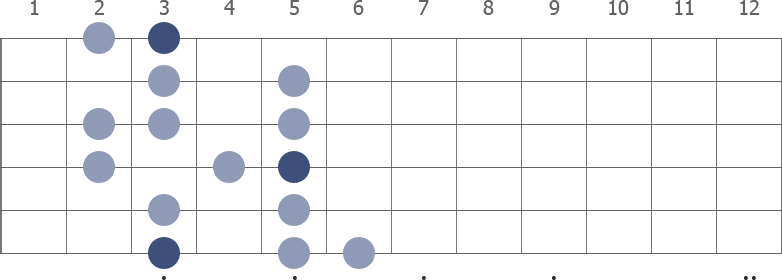



G Melodic Minor Guitar Scale




G Melodic Minor Scale Free Melodic Minor Scales
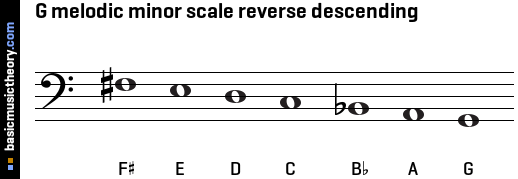



Basicmusictheory Com G Melodic Minor Scale




G Melodic Minor Scale Five Positions Youtube




Melodic Minor Scale On Guitar Everything You Need To Know



1



Www Cyfairorchestra Com Uploads 2 2 7 1 17 18 Violin Excerpts Pdf



G Melodic Minor Scale Modes 7 Patterns Starting On Low E String Guitar Scientist




G Melodic Minor Scale For Guitar Constantine Guitars



G Melodic Minor Scale For Bass Guitar



How To Play Over 11 Chords Jamieholroydguitar Com Jamie Holroyd Guitar




E Reuter Com



Soprano Recorder Scales G Melodic Minor Scale




Melodic And Harmonic Minor Scales Flashcards Quizlet




Why Do The Notes Of Melodic Minor Scale Change When You Play It In Descending Order Music Practice Theory Stack Exchange
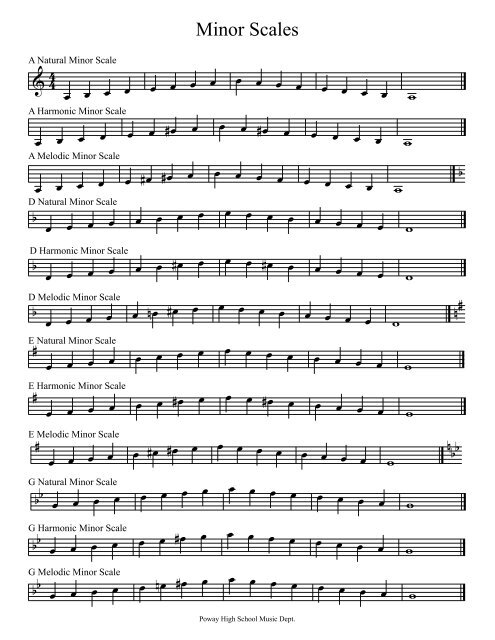



12 Minor Scales Treble Clef Phsmb
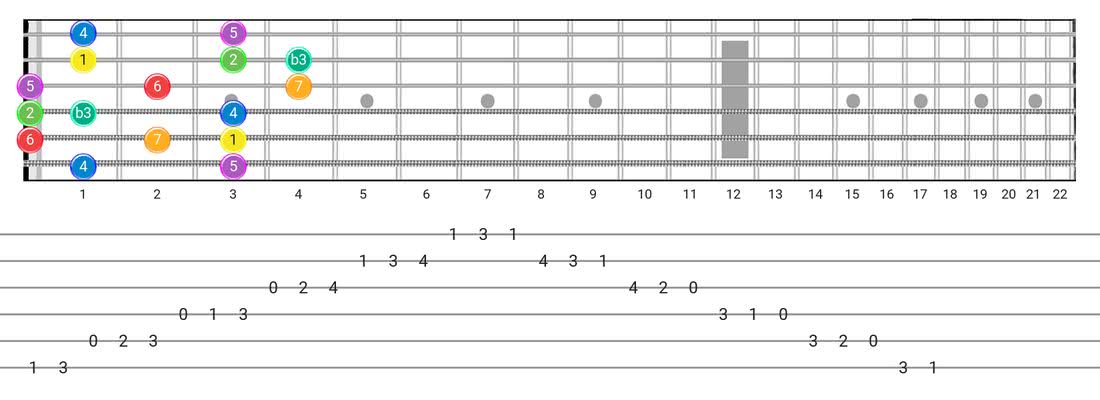



Melodic Minor Guitar Scale Charts Variations




Melodic Minor Scale For Guitar Gosk



G Melodic Minor Scale For Bass Guitar
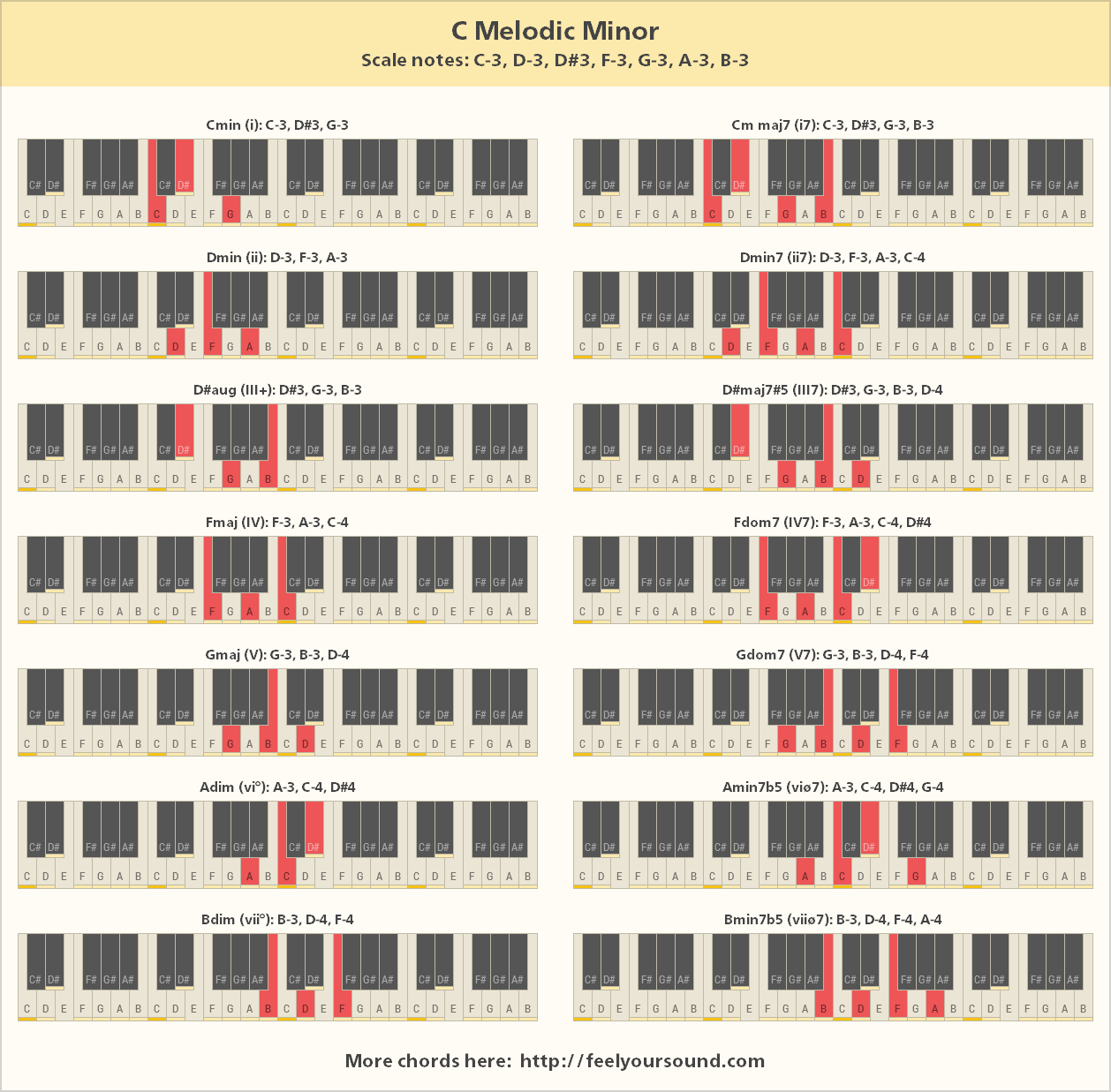



Chords And Scale Notes Of C Melodic Minor
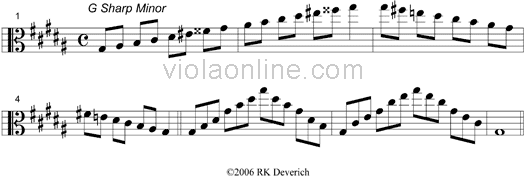



Viola Online Scales Viola Two Octave Minor Scales



The G Minor Scale Natural Harmonic And Melodic Notes Chords And More
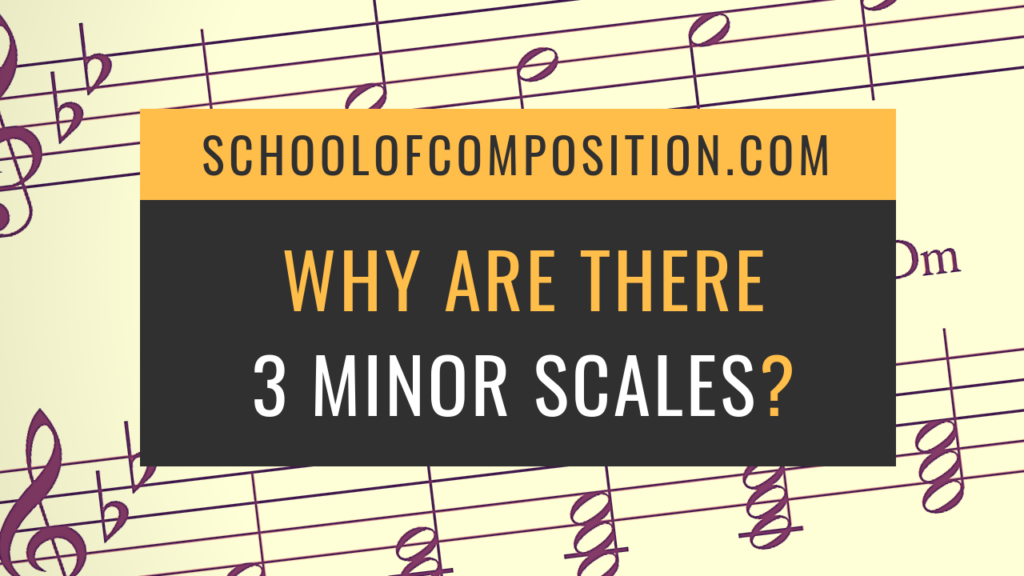



Why Are There 3 Minor Scales School Of Composition




G Melodic Minor Ukulele Scale D Tuning




Melodic Minor Scale Shapes G Melodic Minor Scale Compared To G Major Has Only The 3rd Flattened Pdf Document




G Melodic Minor Scale Youtube
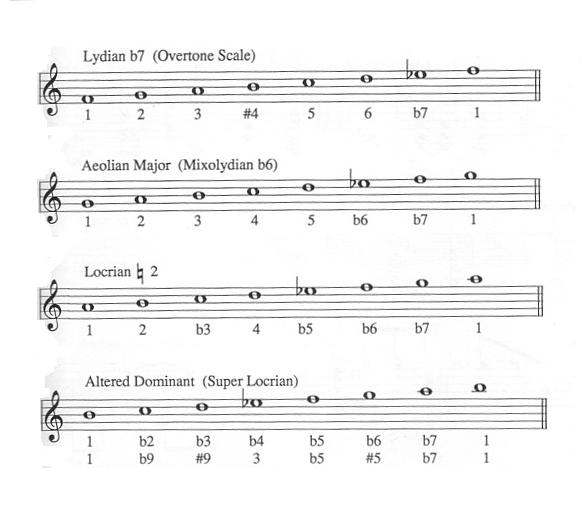



Minor Scales Part 2 Melodic Minor




File G Melodic Minor Scale Ascending And Descending Png Wikipedia




Music Theory For Producers Harmonic Field Creating Tracks




3 Octave G Melodic Minor Scale Viola Youtube




Clarinet Lesson 29 C G And D Melodic Minors Plan Z Music




Chord Du Jour Dictionary G Melodic Minor Scale
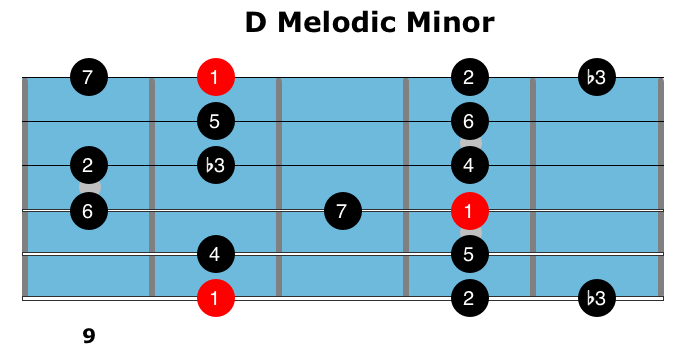



How To Use The Melodic Minor Scale




3 Octave Melodic Minor Modes Scales Modes Strings Of Rage




File G Sharp Melodic Minor Scale Ascending And Descending Png Wikimedia Commons




Two Octave Melodic Minor Scales Violin Student Violin Sheet Music Violin Sheet
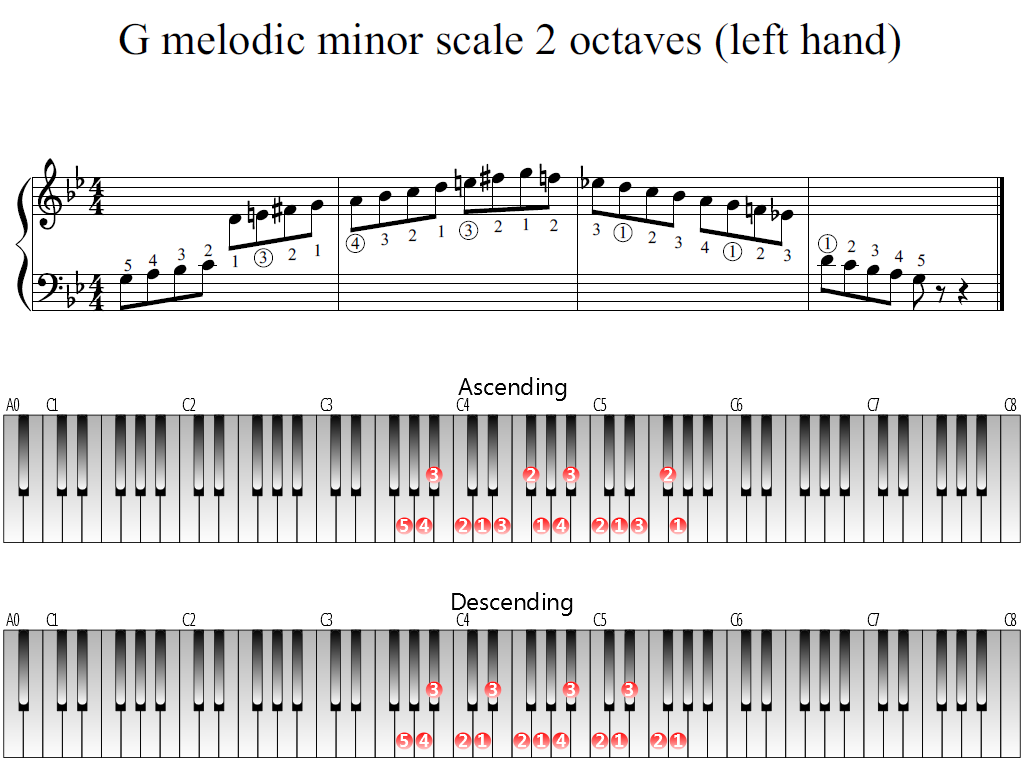



G Melodic Minor Scale 2 Octaves Left Hand Piano Fingering Figures




How To Play A Melodic Minor Scale Pianotv Net



1
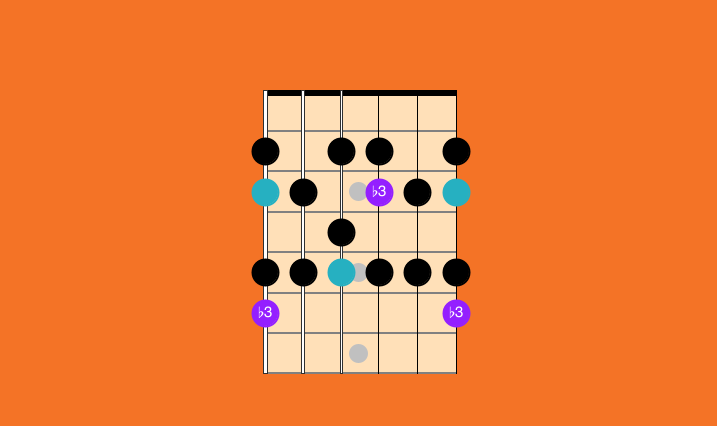



Melodic Minor Scale 5 Patterns Best Guitar Scales To Learn




G Melodic Minor Scale Free Melodic Minor Scales
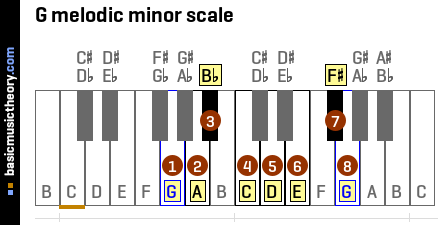



Basicmusictheory Com G Melodic Minor Scale
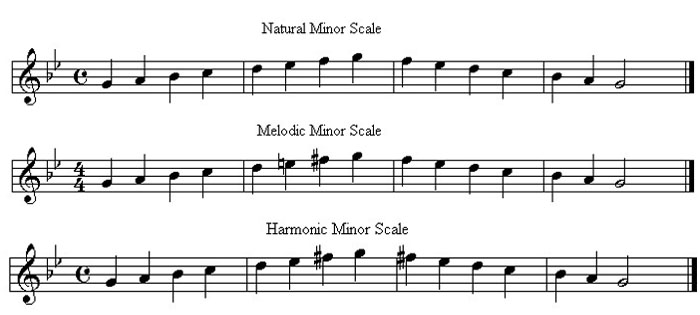



Natural Minor Scale




Melodic And Harmonic Minor Scales Flashcards Quizlet




Violin G Minor Scales Arpeggio Grade 1 Youtube
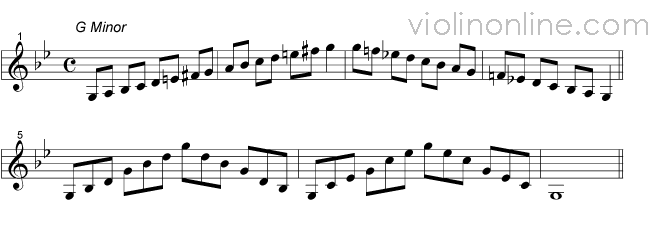



Violin Online Two Octave Melodic Minor Violin Scales




G Melodic Minor Scale For Piano Make Better Music
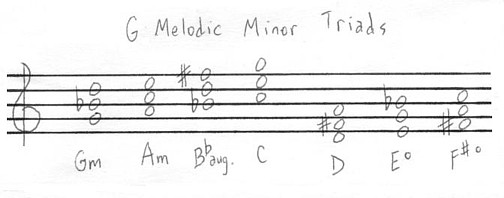



Minor Scales Part 2 Melodic Minor




Melodic Minor Scale Musipedia




Musical Scale Info G Melodic Minor



1



G Melodic Minor Scale C 01 Craypoe Productions




The Music Salon Mozart Symphony No 40 In G Minor
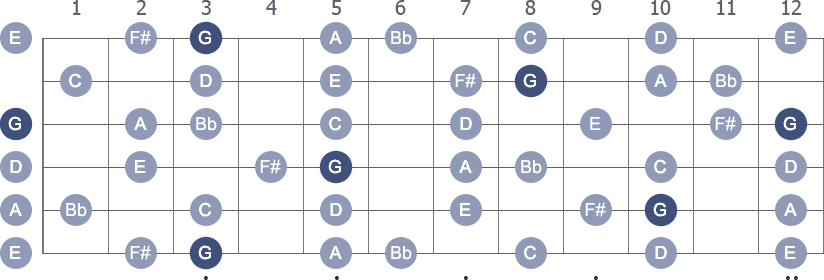



G Melodic Minor Guitar Scale




G Melodic Minor Scale




Basicmusictheory Com D Harmonic Minor Scale



Jazclass Jazz Scales Lesson Melodic Minor Scale In All Keys








Melodic Minor Scale Harmonization With Guitar Diagrams




Basicmusictheory Com G Melodic Minor Scale




Melodic Minor Scale 5 Patterns Best Guitar Scales To Learn




G Melodic Minor Scale One Octave At 100bpm Backing Track Bnw Youtube




Music Crash Courses




G Melodic Minor Scale



G Melodic Minor Scale For Violin Grade 2 Sheetmusic2print



0 件のコメント:
コメントを投稿